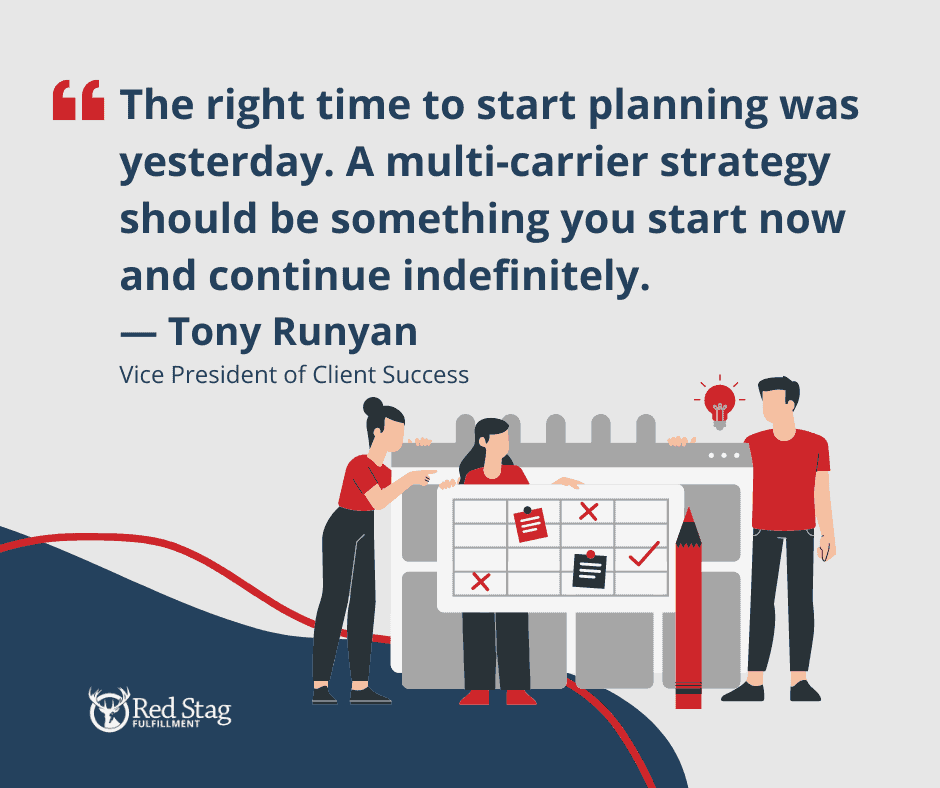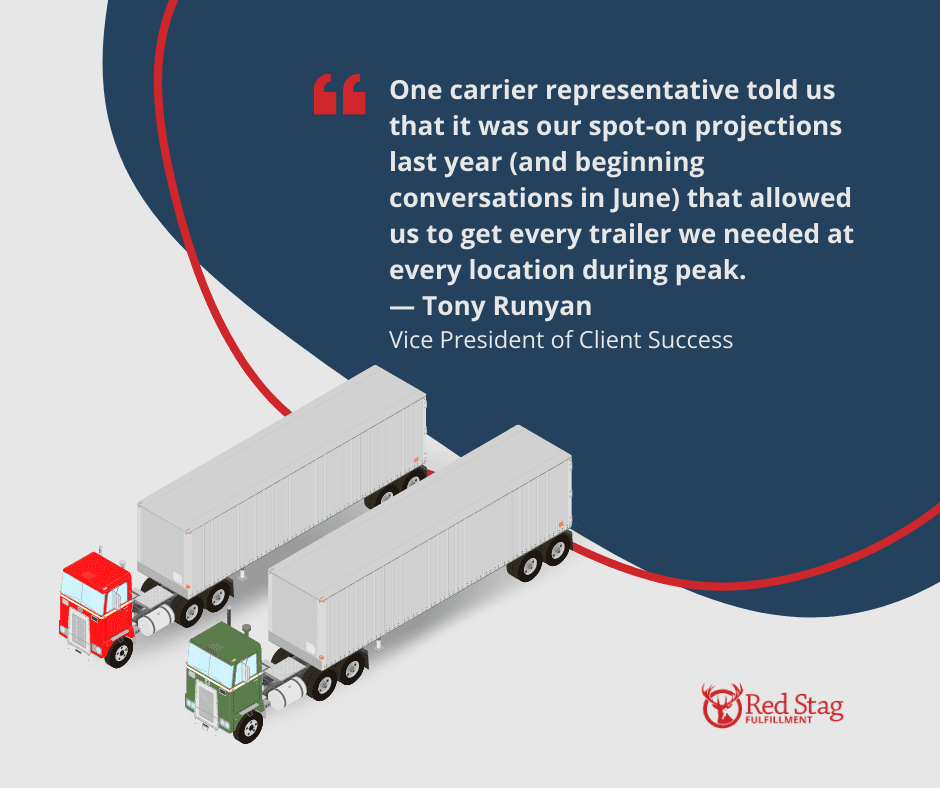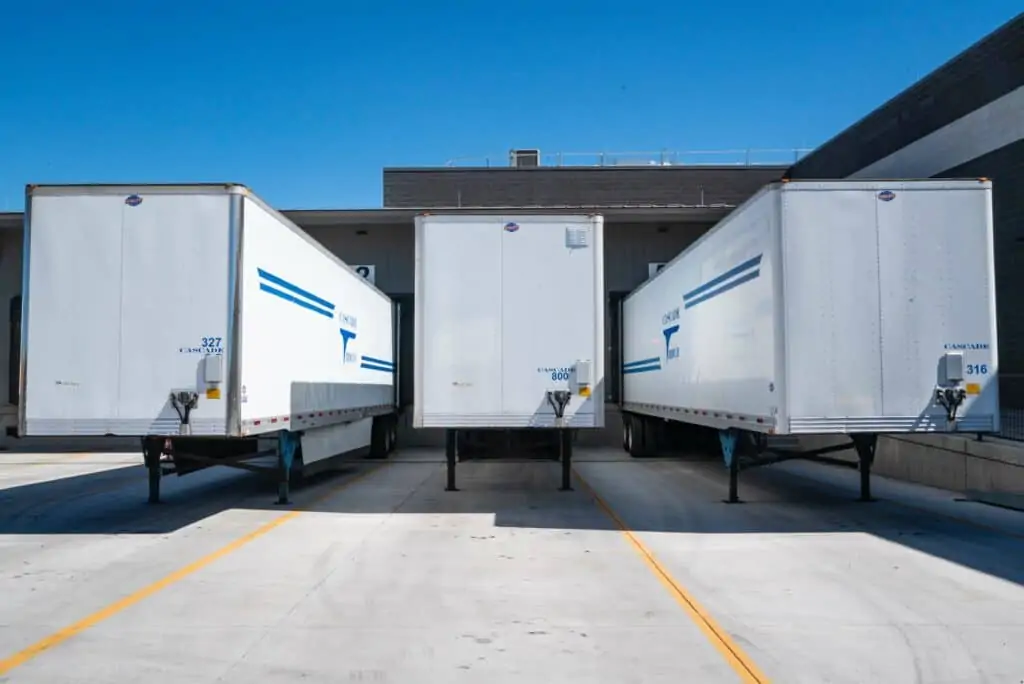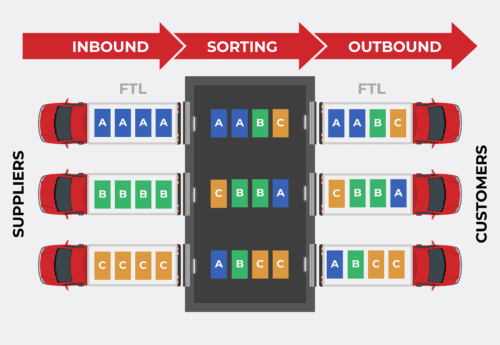Unprecedented eCommerce volatility is likely to constrict operational budgets and capabilities, but tactics such as enabling multi-carrier parcel management can help you blunt some of these threats. Adding more carriers to your pool provides alternatives to congested areas. You avoid being caught in a backlog that you can’t address, but customers blame you for creating.
Red Stag Fulfillment makes it easy for our partners to use multiple carriers for their order fulfillment. When you onboard and integrate with us, adding national or regional carrier partners is as simple as flipping a switch. And you can make changes to carrier options, preferences, and selection criteria at any time.
What if it’s been a while since you’ve thought about your carrier options? Or are you trying to figure out how to manage 2022’s peak demand? Here are a few reasons to think about embracing a multi-carrier parcel management strategy.

What is multi-carrier parcel management?
If you’ve found your way here after a quick Google search, you’ll have seen a lot of different ways to say multi-carrier parcel management and utilization. Much of it is around software, focused on making the process easier for your business. There are slight variations in how that works and what is meant, so let’s quickly set our definition to work from the same base.
Multi-carrier parcel management is an order management strategy where your business relies on different parcel carriers to get goods to customers. The decision-making process for which carrier to use can vary, sometimes being based on speed, cost, or delivery area (in the case of regional carriers). You’re still performing the standard tasks of order and parcel management, but you’ve got more options for how to move orders within that last mile.
You’ll see a lot of articles for multi-carrier parcel management software because systems are powerful enough to automate these decisions. For example, Red Stag Fulfillment uses a rules-based methodology to automate carrier selection for our customers based on preferences for speed, reliability, or specific parcel carriers. You can do this all by hand; automation just does it a lot faster and reduces the chance you miss a deal or make a mistake.
What does parcel management cover?
Again, operations is about specificity. So, when we discuss parcel management, we’re talking about actions that cover the shipping and fulfillment of outbound orders and returns. So, an order will come in from your website or other channel and be routed to the appropriate warehouse location. This may be chosen based on the inventory you have available or the closest location, speeding up delivery times while reducing costs.
Parcel management is a broad topic and covers not only picking and packing the order accurately but also applies to the computer systems and processes that compare carrier options, make carrier selections, and create the label for shipping — including sending the correct order label to the right printer at the right time. Then, the fulfillment team preps the parcel for pickup by the carrier and tracks it within the parcel management software as it finishes its journey to the customer. For a comprehensive approach to your eCommerce operations, you can integrate order and inventory management tools to update parcel management software when a customer makes a return.
Think of it as the entire life of the package from beginning to end as it moves from the purchase click through the warehouse and to the customer, who then decides to keep it or send it back.

Working with a 3PL like Red Stag opens up additional order and parcel management opportunities. Click the button below to speak with us about the latest tools and options for parcel optimization, automated rate shopping, improved returns management, carrier testing, and more.

Why is multi-carrier parcel management desirable?
“Diversification is always a solid strategy, especially in a capacity constrained market,” says Brandon Cantrell, Vice President of Sales Operations at Red Stag. “The importance of a diversified carrier strategy will remain a key strategic discussion topic for eCommerce executives and operations leaders as demand continues to grow.”
Adopting a multi-carrier approach has some core benefits for you and your customers. It’s one way you can take back some control even as freight rates and shipping costs remain uncertain. On the operations side, there are three tangible advantages worth addressing here.
1. Improve your flexibility
“For operations professionals, one of the biggest benefits you’ll experience is optionality,” says Tony Runyan, Red Stag Vice President of Client Success. “Think about being able to depend on multiple carriers and having relationships with multiple operations contacts. If you get into a pinch or if you have a carrier who can’t deliver, you can make additional calls to someone you know and get your packages shipped. It also means that carriers will try to win all your business, which can give you leverage if you have a good package profile.”
Just like adding regional parcel carriers can help you move local packages more affordably, and sometimes more quickly, using a multi-carrier parcel management approach allows you to pick between more options for each shipment. You get to choose what makes the most sense for your business. Sometimes that is a bigger picture than just a single parcel. Shifting some volume to an additional carrier — optimized by rules within your software — may help you secure more capacity when it comes to the normal peak season crunch. It’s never too early to start thinking about Q4.
2. Track, compare, and choose your best options
A multi-carrier parcel management approach also makes it easier to use the carriers you prefer while testing others on a smaller scale. You can set the mix and get data for your specific packages, which can matter a lot. Compare apples to apples, instead of looking at broad tables where you’re not sure how many packages are charged by traditional or DIM weight.
Different companies prefer different parcel carriers. You might love FedEx and hate UPS, while other companies love UPS and hate FedEx. Or one carrier may do great with small items and express shipping while another is your go-to for larger and bulkier items. A multi-carrier platform makes it easier for you to track these details and see if decisions and preferences are backed up by the numbers. It’s a good way to check your gut on operations assumptions, such as not realizing you may save by adding regional carriers.
“It’s just good business to eliminate single points of failure; not to have all your eggs in one basket,” says Runyan. “If you spread out your volume, carriers know they always have a chance to win more business from you. As a result, they may be in a position to give better discounts, service, etc.”
A multi-carrier parcel management approach enables you to shop based on rates and performance, cutting costs directly or potentially reducing expenses around returns, refunds, and replacements.

3. Enhance customer success
Operations play a direct role in the customer experience when it comes to you (or your fulfillment partner) delivering on-time, accurate shipments — your company may even guarantee these capabilities at the time of a sale. Using multiple parcel carriers also helps you meet these promises and offer more options to customers.
So, you can expedite as needed or shift orders away from a carrier experiencing a delay. Tracking historical and recent alerts and trends makes it easy to pivot and avoid upsetting those shoppers.
And as operations get more advanced, you’ve got smarter ways to tackle needs. Say that you have an order from New York, but your East Coast facility is currently out of that item. Normally, you’d pay to expedite an order from a West Coast facility instead. But what if the resupply order has time scheduled at your East Coast dock tomorrow morning? Could you cross-dock the order and either meet or beat that expedited shipment speed? Advanced order management tools that bring in multiple locations and carriers help your operations start thinking at this level.

Are you ready for Q4?
Peak season is much closer than it feels. If you haven’t started your Q4 planning, you’ve thankfully still got time to add another carrier to your mix. And even if you feel confident about how last peak season went, disruptions in Shanghai and a complicated freight rates market make adding a little versatility ahead of time a smart decision.
“Peak is a major concern for all eCommerce clients, especially given the disruption COVID continues to cause,” says Cantrell. “When eCommerce demand outpaces carrier availability — which the market saw last year — it causes shipment caps. These will ultimately impact your operations and the end customer’s purchase experience. This is a key reason carrier diversification is a critical, strategic choice for eCommerce operations leaders in today’s market environment.”
When leadership comes to you to ask if your company is ready or what steps you’re taking to prepare for further disruption, addressing carrier capacity and improving flexibility are a strong answer. At Red Stag Fulfillment, we’ve seen eCommerce businesses that go both ways, some opting for the predictability of a single carrier and others desiring the versatility of multiple. And, frankly, we highly encourage the latter, because it limits the impact of a localized disruption and makes it easier to adapt to whatever the market throws at us next.
“The right time to start planning was yesterday,” says Runyan. “A multi-carrier strategy should be something you start now and continue indefinitely. At the very least, you want to be using additional carriers by Q3 to ensure capacity during peak of the same year.”

Selecting the right multi-carrier parcel management partner
Carriers may have different approaches to last-mile pricing and service. Similarly, 3PLs will have different capabilities and options for multi-carrier parcel management. So how do you protect your operations? To start, you’ll want a partner with existing carrier relationships and a strong track record of support. Plus look for a willingness to adapt to your company’s and products’ needs. Find a partner that gives you a plan to meet the goals and objectives you want to achieve.
“Red Stag’s ability to quickly establish carrier relationships and give carriers exceptional projections about when and what they can expect to receive is why we are excelling right now,” says Runyan. “One of carrier representatives told us that it was our spot-on projections last year (and beginning conversations in June) that allowed us to get every trailer we needed at every location during peak.”
If that’s the kind of reliability you need as you consider expanding to multiple carriers, reach out. Once you’re collaborating with Red Stag, adding another carrier to your mix is as simple as flipping a switch.










